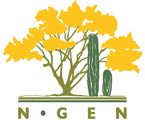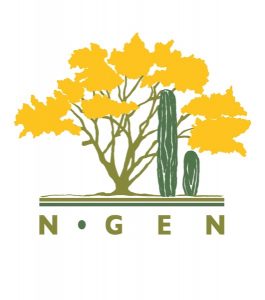Social Networks
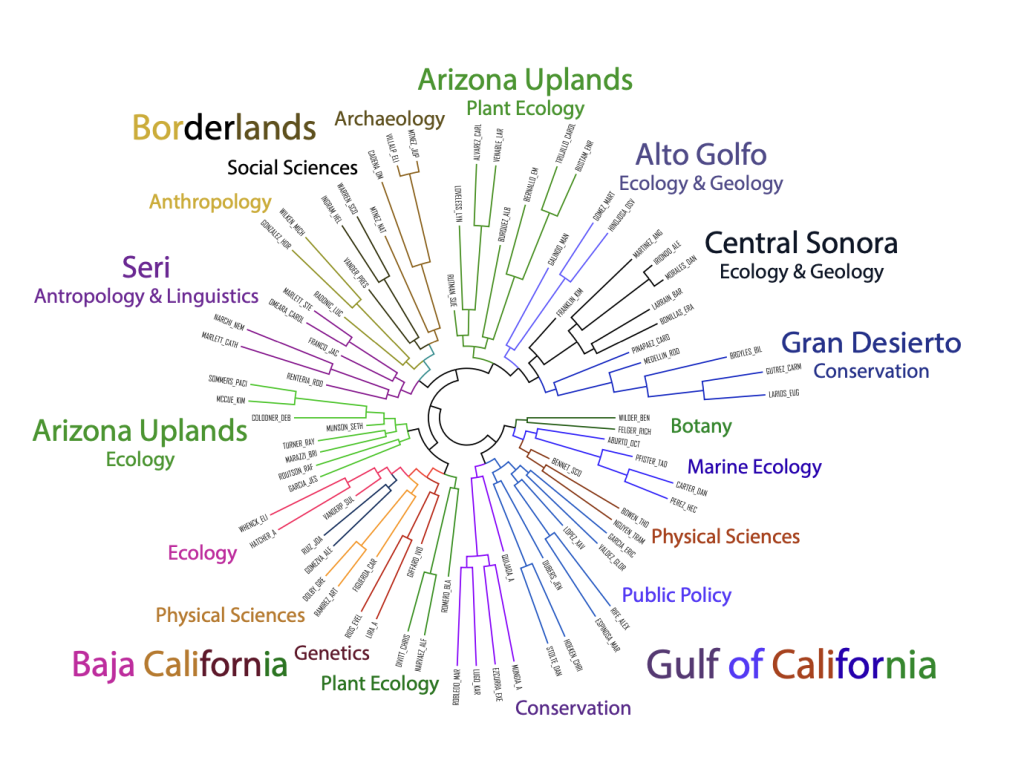
Despite the long history in the region, there is a need to better understand the connections of those working to conserve and understand the Sonoran Desert. The goal of this session was to propose a social network analysis of the participants of the Next Generation Sonoran Desert Researchers (Un)Conference.
Session Products
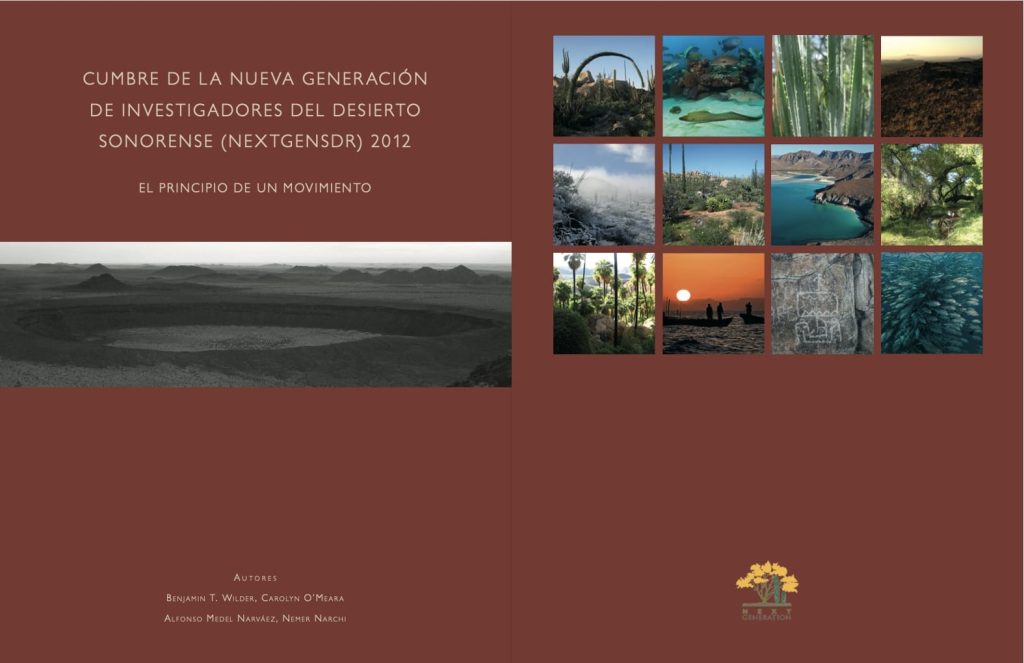
The joint discussion of what could and should be the products of this Summit revolved around three main topics: (1) publications, (2) digital communication, and (3) additional products.
Improving Ecosystem-Based Management Governance
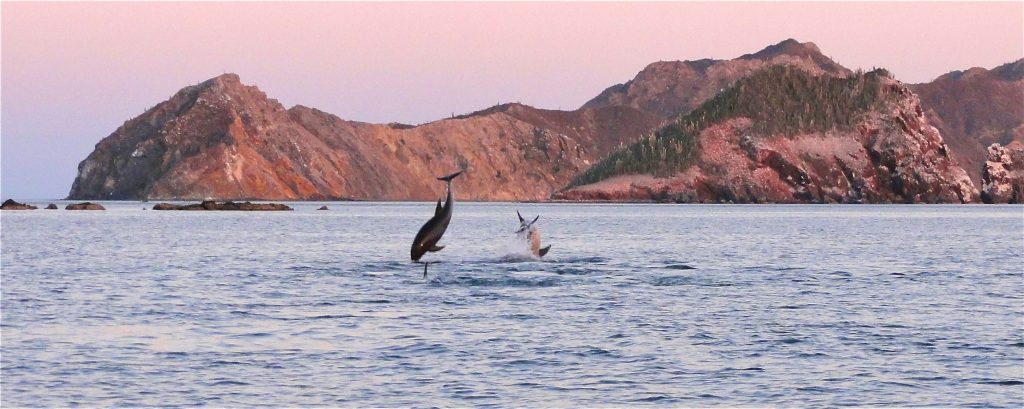
Ecosystem-based management has been growing in popularity in recent years as the most effective way to manage habitats, resources, and human interactions within the ecosystem. Protected areas, in particular, are seen as an important tool in ecosystem-based management, although they are not the only way.
Modelos de Desarrollo Basados en el Turismo
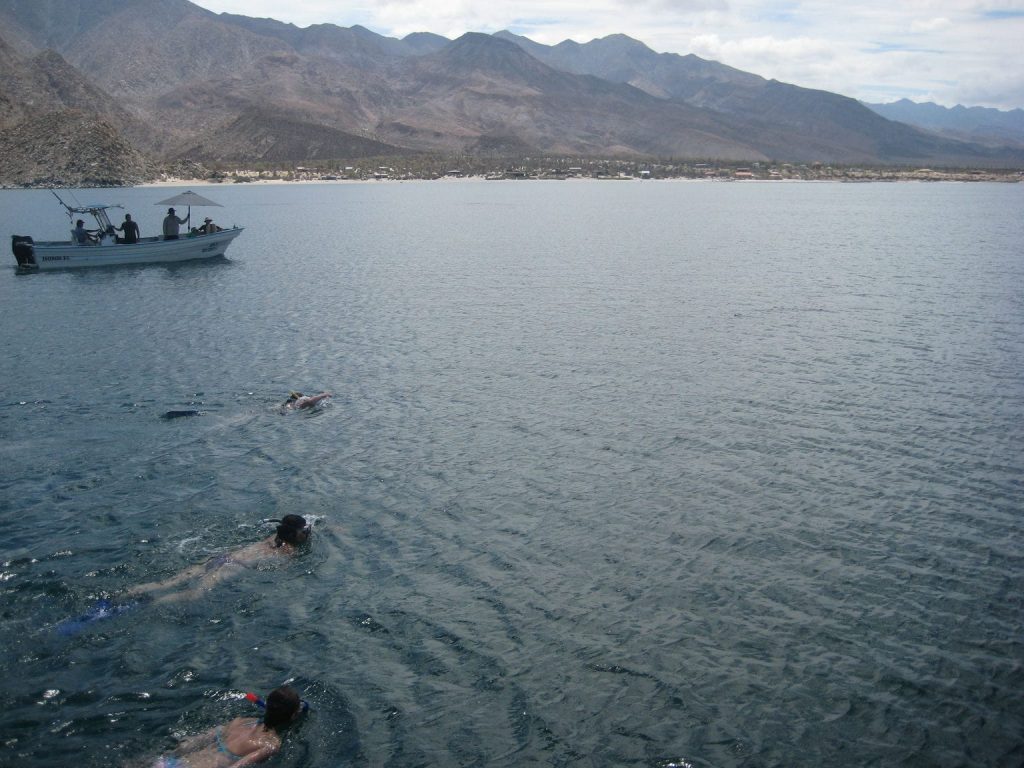
La conservación del patrimonio natural y cultural en el Desierto de Sonora está íntimamente ligada con las actividades humanas que se dan en ambos lados de los grandes Estados-Nación que comparten este desierto.
Acceso a nuestro desierto
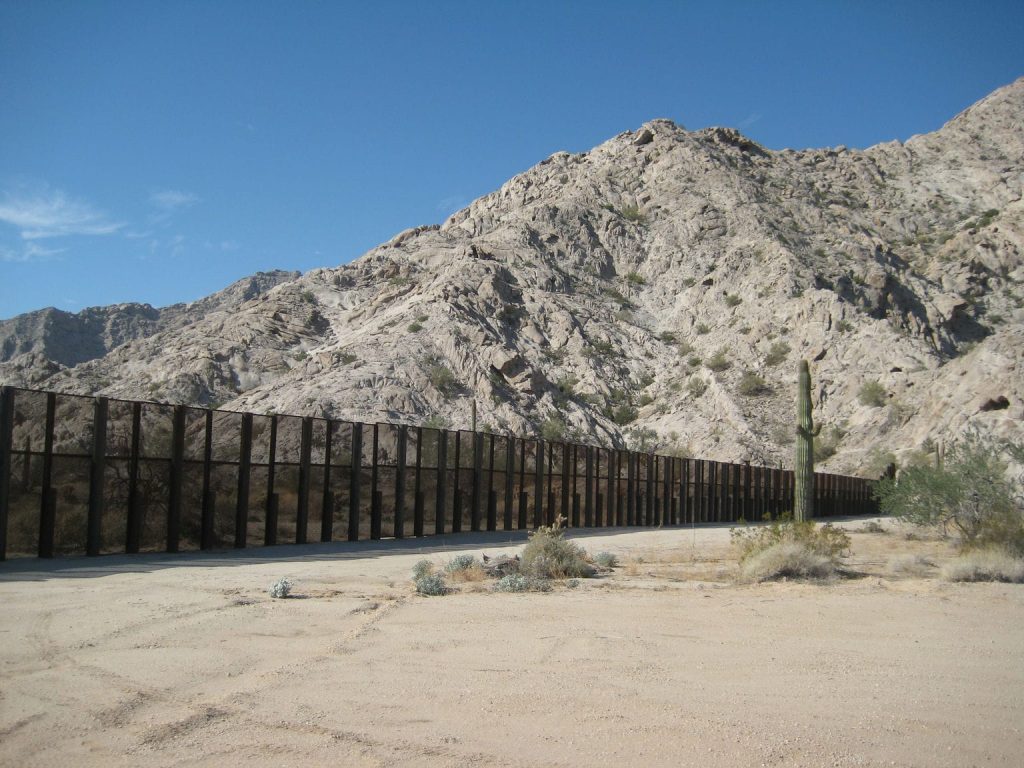
Acceder a cualquier lugar para hacer estudios de campo, asociados a investigaciones científicas y/o sociales, requiere siempre de estrategias particulares y muy dependientes del lugar donde se realicen.
Long-term, Cross-site Monitoring of Desert Ecosystems
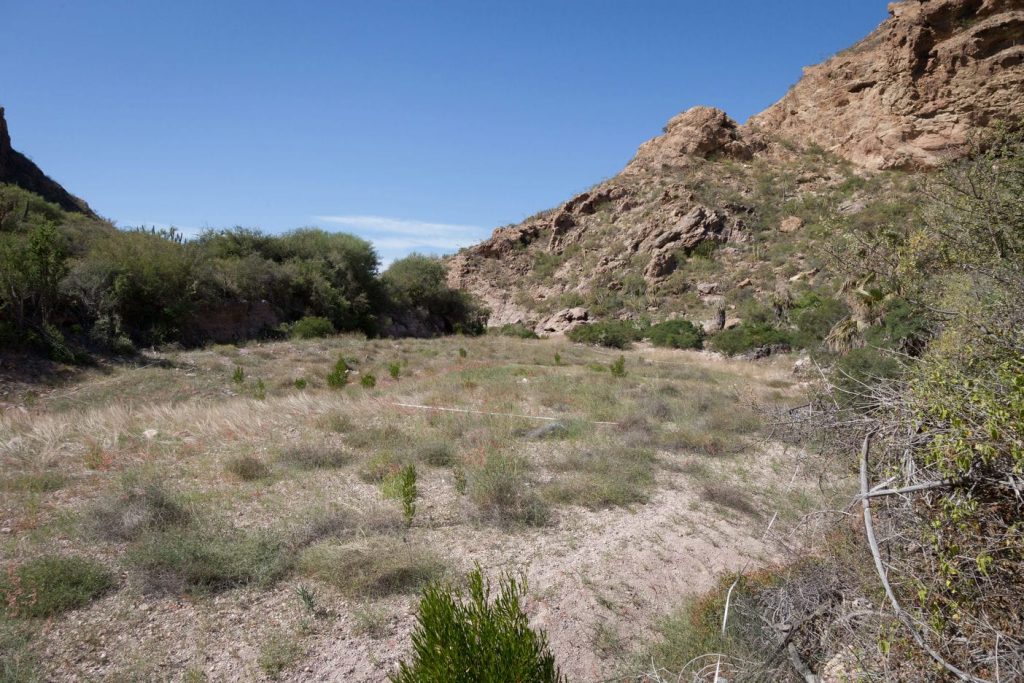
Seth and Ray Turner gave a general powerpoint presentation on long-term monitoring of vegetation in the Sonoran Desert, with emphasis on the Desert Laboratory. Examples of the advantages of using a cross-site approach to address research questions at broad spatial scales were also presented.
The Colorado River Delta and Upper Gulf of California
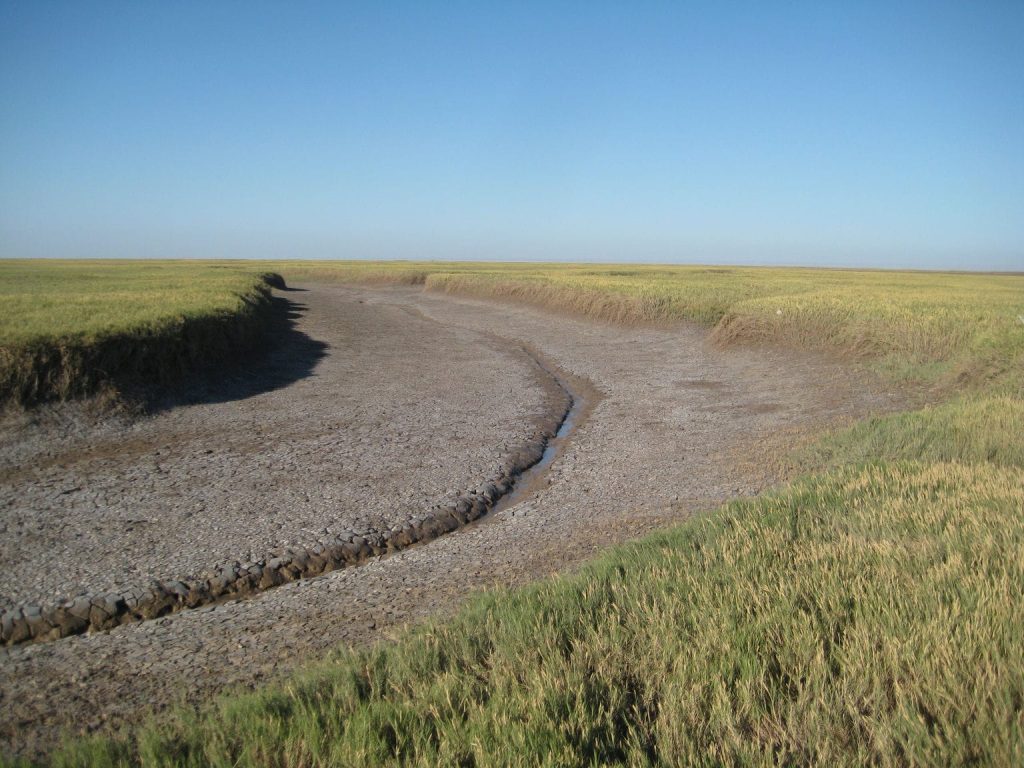
We organized a session on the relationship between the Colorado River and the health of the delta ecosystem and the Upper Gulf of California, with a diversity of perspectives: marine productivity and fisheries, wetland restoration, bird conservation, protection of native plants, the presence of contaminants, public health and the alternatives to improve the conditions of the area.
Grupos Indígenas "Binacionales": lengua, cultura, medio ambiente y recursos naturales

A partir de la coincidencia de algunos participantes sobre la temática de la relación entre comunidades indígenas, sus problemáticas históricas y su (cosmo)visión del medio ambiente y los recursos naturales fue como se preparó esta mesa. Se inició con dos casos específicos de grupos indígenas binacionales: los Tohono O’odham de Arizona y Sonora y los grupos yumanos en Baja California en México y los de California y Arizona en E.U.
Challenges between natural conservation and the archaeological patrimony on the Sonoran Desert

In this session it was recognized the value of the Sonoran Desert’s archaeological heritage as the main evidence for the last millennia of coastal communities’ cultural continuity in the region. Shell-middens as archaeological sites are emphasized as areas where it is possible to study the ancient history of coastal environments.
La Petrología en el Desierto de Sonora como apoyo a otras disciplinas

Título: La Petrología en el Desierto de Sonora como apoyo a otras disciplinas Por: Alejandra Marisela Gómez Valencia Participantes: Emmanuel Mario Bernal Loaiza, Júpiter Martínez Ramírez, Norma A. Meza Calles, Daniel Morales Romero, Blanca Estela Romero López, Pacifica Sommers, Carolina Trujillo López INTRODUCCIÓN: Derivado amplio conocimiento de la riqueza Geológica en el actual Desierto de […]
